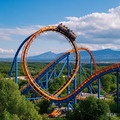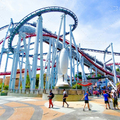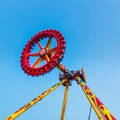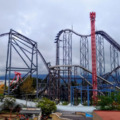Building a roller coaster involves intricate planning, technical design, and significant financial investment. The cost of constructing a roller coaster is influenced by numerous factors, from the type of ride to the engineering and materials used. This article provides a detailed overview of the various steps involved in building a roller coaster, along with an examination of the key cost components that determine the final price tag.
Roller Coaster Price Breakdown
The first step in understanding the cost of building a roller coaster is to recognize the various types of roller coasters available. Depending on the design and features, roller coaster price can vary widely. Traditional wooden roller coasters tend to be less expensive than modern steel roller coasters, which offer more complex designs, faster speeds, and higher durability. However, steel roller coasters can deliver a significantly more thrilling experience and are often chosen for major theme parks. The roller coaster price for steel models can be considerably higher due to the advanced engineering and materials required for their construction.
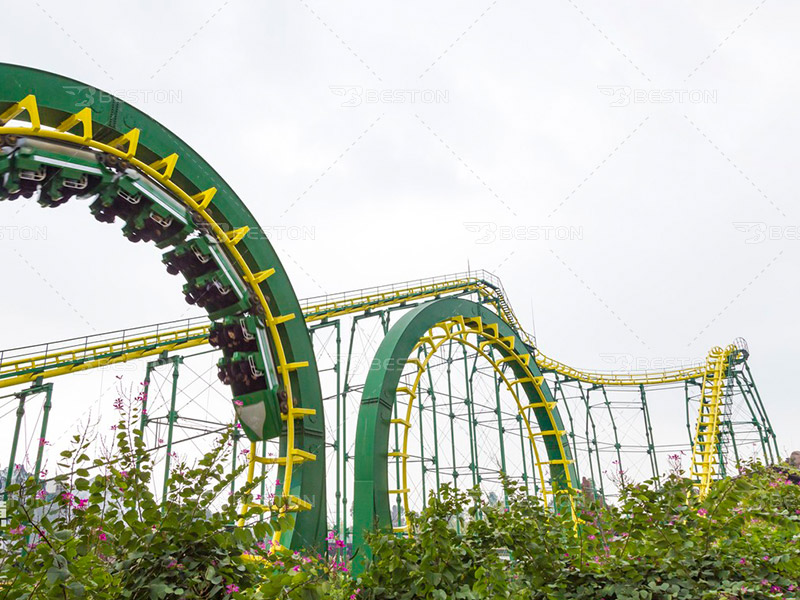
Land and Site Preparation:
One of the foundational costs in roller coaster construction is the land. Even if the land is already owned by the amusement park, the cost of preparing the site can be substantial. Groundwork involves clearing the area, leveling the terrain, and ensuring that the foundation can support the massive structure of the roller coaster. This includes specialized equipment for excavation, grading, and soil stabilization.
Design and Engineering:
Next, the design phase is critical. Roller coasters require highly sophisticated engineering to ensure safety, functionality, and a thrilling rider experience. This stage involves collaboration with experienced roller coaster manufacturers, such as those specializing in custom steel or wooden structures. Engineers use advanced simulation software to design the track layout, ride mechanics, and safety features. This stage can take months and significantly influences the final price.
Materials and Manufacturing:
Once the design is finalized, the construction phase begins. For steel roller coasters, the price of materials is a significant factor. High-grade steel, custom-built parts, and specialized equipment for bending and welding are required. The complexity of the design—such as vertical loops, inversions, and twisted elements—further drives up material costs. Wooden roller coasters, although generally less expensive in terms of raw materials, still require durable lumber and expert craftsmanship to ensure longevity and structural integrity.
Ferris Wheel Manufacturer Collaboration
While the roller coaster itself is a central attraction, other amusement park features like Ferris wheels can complement the park’s overall appeal. When working with a ferris wheel manufacturer, park owners must consider additional costs for integrating multiple attractions. Often, the inclusion of a Ferris wheel can enhance the overall experience and draw more visitors, but it requires coordination with manufacturers to ensure both rides can function smoothly within the park's infrastructure.
The cost of installing a Ferris wheel varies depending on its size, design, and custom features. Larger Ferris wheels that offer panoramic views of the surrounding area tend to cost more than smaller, traditional models. The installation process also involves additional structural engineering to ensure that both the Ferris wheel and roller coaster can coexist safely within the park.
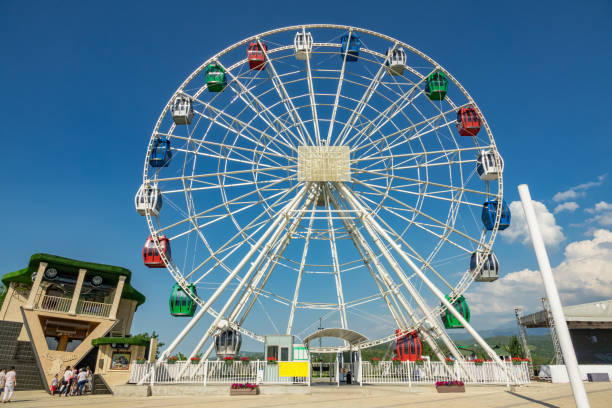
Construction and Assembly
The physical assembly of the roller coaster can span several months, depending on the complexity of the design. The process involves transporting large sections of the track and structure to the site, followed by careful assembly using cranes and other heavy machinery. Some of the most expensive elements of the ride are the lift hill, which raises the roller coaster cars to the highest point, and the complex track elements that include drops, loops, and twists. These parts require precise alignment and expert craftsmanship, further driving up costs.
Specialized labor is required at each stage of the construction. Skilled welders, engineers, and project managers are necessary to ensure the structure meets safety standards and local regulations. The cost of labor can be one of the most significant expenses, particularly if the project involves unique design elements that require specialized expertise.
Safety Features and Technology
Roller coasters are highly regulated attractions, with strict safety standards in place to protect riders. The integration of safety systems is another essential cost component. Modern roller coasters feature an array of safety measures, including high-speed braking systems, restraint mechanisms, and emergency evacuation procedures. These systems must be integrated seamlessly into the ride’s design.
Additionally, advanced technology is often incorporated into newer roller coasters. This includes electronic ride control systems, automated diagnostic tools for maintenance, and even virtual reality experiences in some cases. Such technological innovations add another layer of expense but significantly enhance the overall ride experience.
Testing and Certification
After the construction is completed, rigorous testing is required to ensure the roller coaster is safe for public use. This phase can take several weeks, with various tests conducted to assess the ride's speed, structural integrity, and safety features. The testing phase also involves simulations of different rider scenarios to confirm that the coaster will perform safely under various conditions.
Once testing is complete, the roller coaster must be certified by relevant safety authorities before it can open to the public. This process can take additional time and incur extra costs. The cost of certification varies depending on the region and the governing bodies overseeing amusement park safety regulations.
Ongoing Maintenance and Operating Costs
Even after the roller coaster is up and running, there are ongoing costs associated with maintenance and operation. Regular inspections, repairs, and upgrades are essential to keep the ride in optimal condition. Maintenance costs include replacing worn-out parts, lubricating track sections, and ensuring that the ride's safety systems are functioning properly. In addition, the cost of staffing the ride, including operators and maintenance crews, must be considered.
Energy consumption is another factor. Roller coasters require significant amounts of electricity to power the ride, particularly if they feature high-speed launches or advanced ride technology. This ongoing operating cost must be accounted for in the overall financial planning of the ride.
Conclusion
The total cost of building a roller coaster is influenced by a variety of factors, from the type of ride to the materials used, and the complexity of the design. While the initial investment can be substantial, the return on investment through ticket sales, sponsorships, and increased foot traffic to the park can make roller coasters a highly profitable addition. The planning, design, and construction processes are all integral to ensuring that the final product is not only a thrilling experience for riders but also a safe and sustainable investment for park owners.

